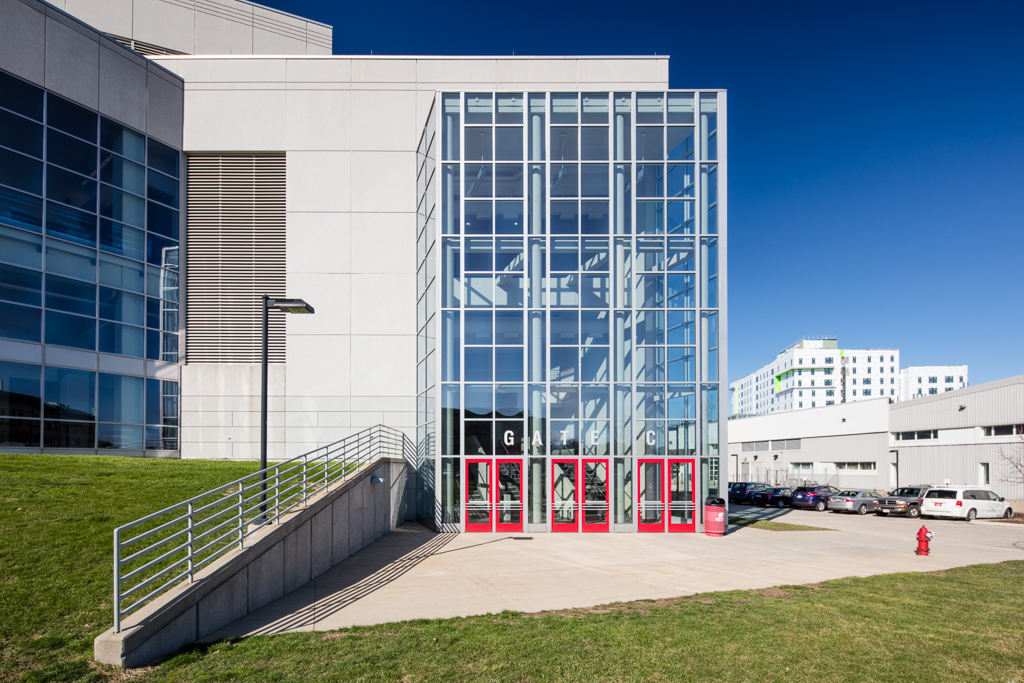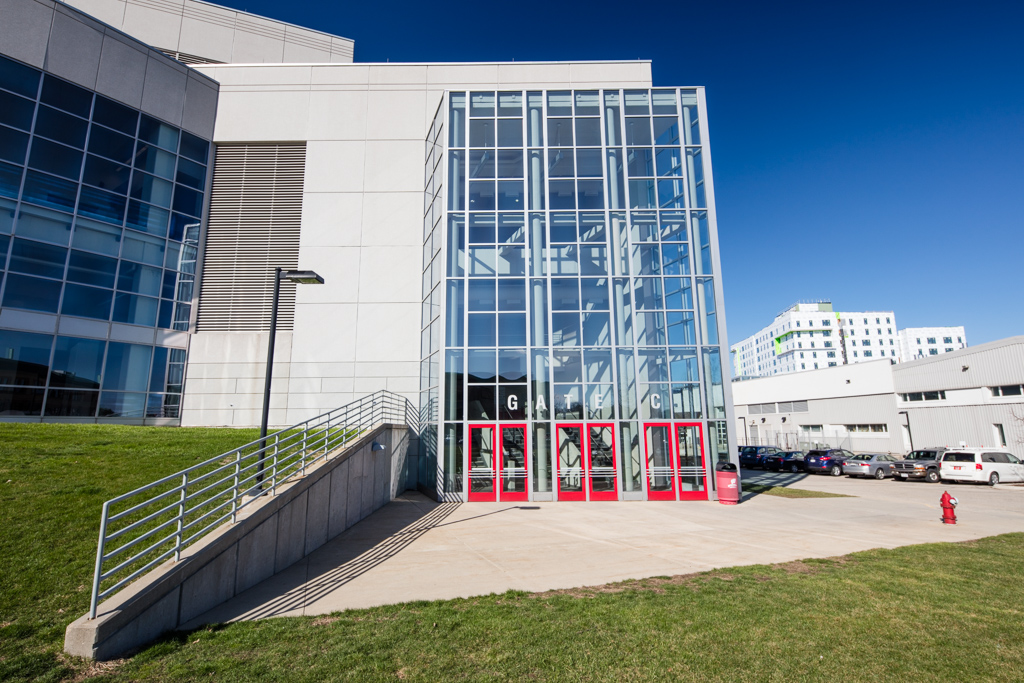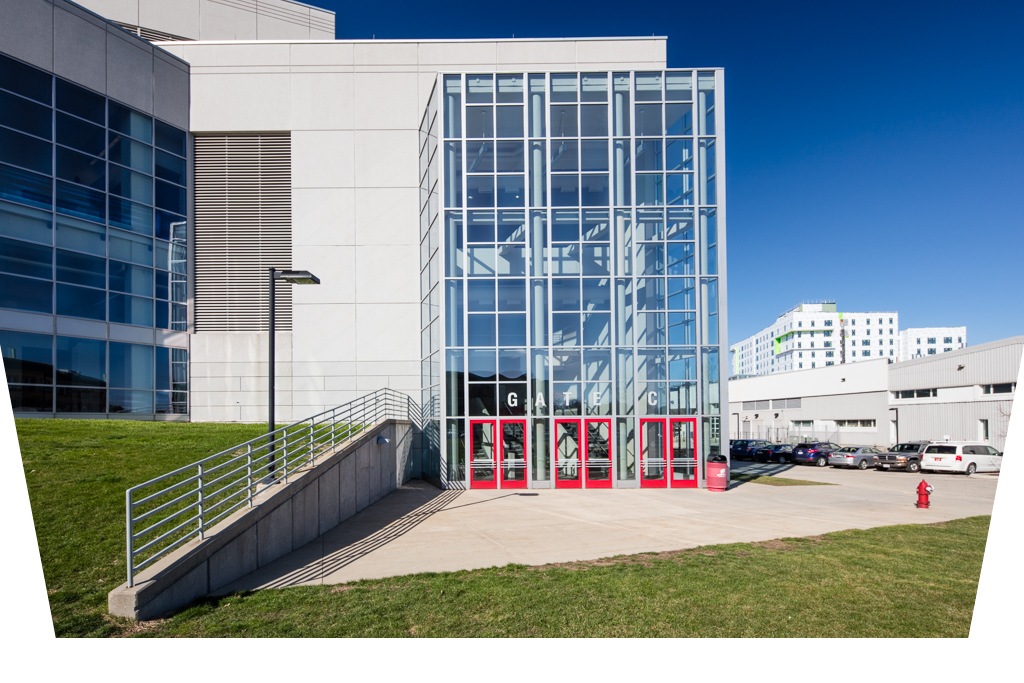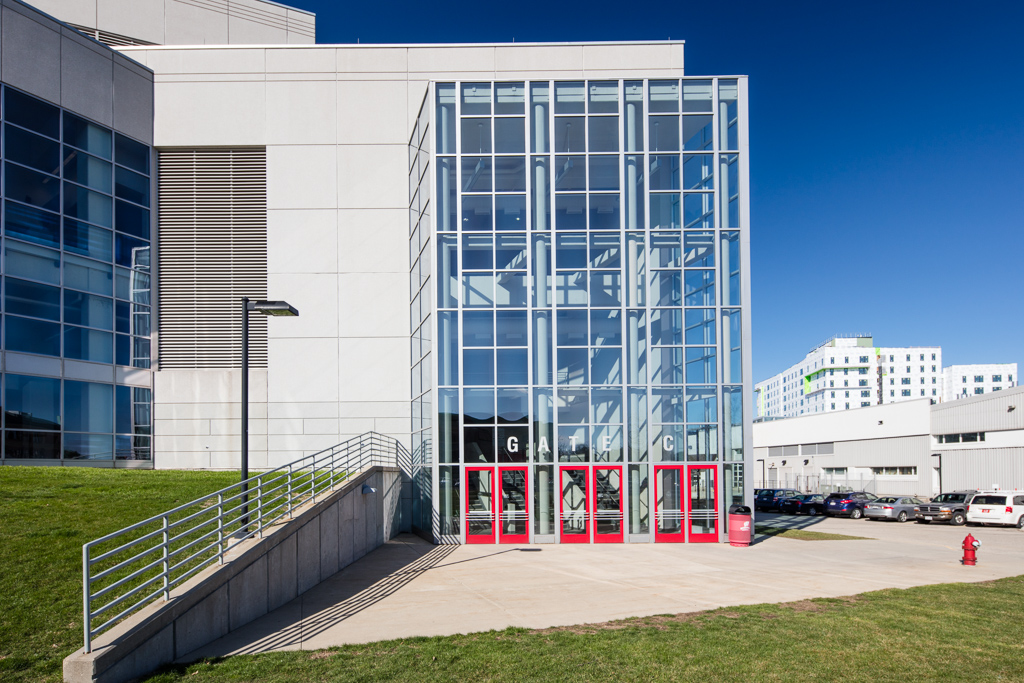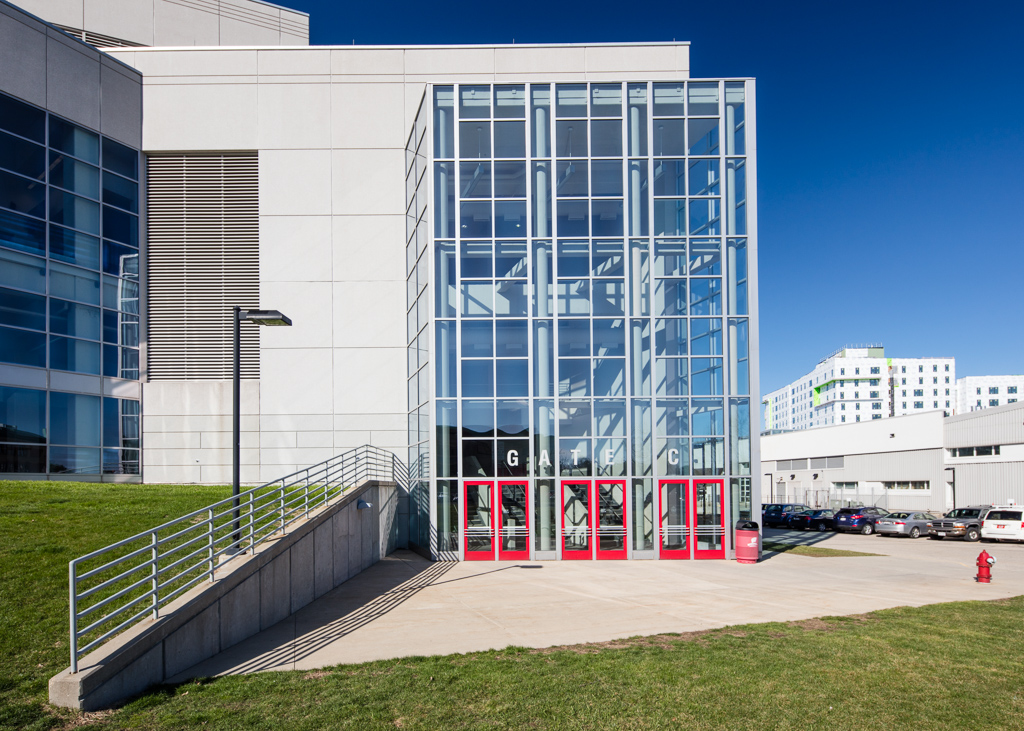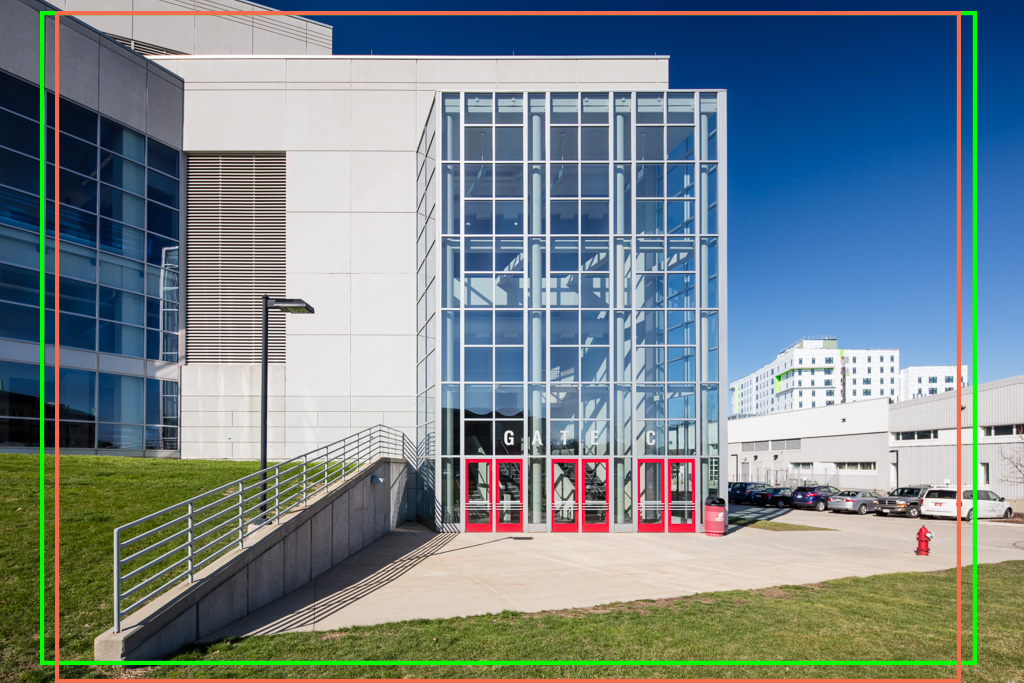All photographers know that perspective control is very important in architectural photography. Most, if not all, architectural photographers have tilt-shit lenses or technical cameras in their bags, while others choose to do perspective control in Adobe Photoshop or Adobe Lightroom. So, if it can be done in post-processing, why would people invest in these specialty lenses? Let’s find out the differences.
Perspective control with a tilt-shift lens
The image below was shot with Canon 5DS and Canon 17mm f/4 tilt-shift lens, with the lens shifted up about 6 millimeters to correct the perspective.
Perspective control in Lightroom
The image below was shot with the same camera and lens, with no shifting on the lens. In order of cover the building, the camera had to be pointed up. As a result, all the parallel lines of the building becomes converging lines, which is not usually desirable in this type of architectural photography. Fortunately, it can be easily fixed in post-processing, such as in Photoshop or Ligthroom.
In Lightroom, the tool is located under the Lens Corrections panel. On the Manual tab, one can adjust the Vertical perspective to make the converging lines back to parallel lines, and thus the perspective is “corrected.” After the correction, as you can see, some parts of the image are cropped out, and there is nothing at the two lower corners. So further cropping is needed.
Depending on your preference or what’s in the image, you can crop the image with the original aspect ratio — in this case, 2:3.
Or you can crop the image so that it contains the most of the image area — in this case, the aspect ratio is about 5:7.
Comparison
In this demonstration, the final results from Lightroom do not look very different from the very first image. Due to the cropping, we lost some part of the image on top and some on the two sides. It’s not a big deal for this particular shot. If there were architectural features toward the edges of the image, however, one needs to be very careful with composition when a tilt-shift lens is not available. Additionally, the camera has to be moved back a little bit in order to cover the same field of view. Sufficient practice may reduce the amount of guesswork here.
With Canon 5DS’ 50.6 Megapixel sensor, this amount of cropping may not have much impact when a large print is called for. So digital perspective control is indeed a good and cheaper alternative to tilt-shift lenses. But when precise framing is required or when there is no room to back the camera, tilt-shift lenses are not replaceable. That’s why professional photographers invest in such lenses. We need equipment that can perform in every situation, not just 90% of the time.
Of course, tilt-shift lenses provide not only shifting mechanism but also tilting mechanism. The latter is very useful for landscape photography, and I’m not aware of any software that can replace it.

